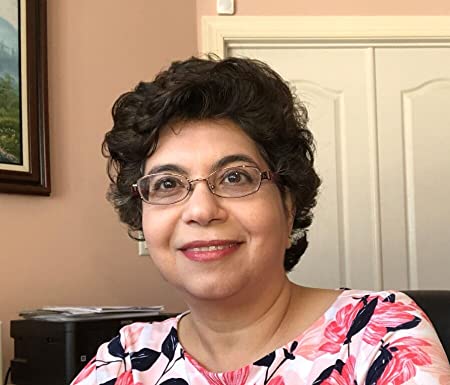Nev, welcome to my website. I am thrilled to talk to you about your debut novel Murder in Old Bombay for our forthcoming HNS Zoom panel Wednesday, September 22 at 6.00 pm. 
You place the mystery of two wealthy young Parsee women who fall to their deaths from a university clock tower within their family. You he created a complex Parsee family with extensive business interests, traditional, mystical and modern all at once. How did you decide to populate this group of individuals, and why does one have an English name?
Many of the characters of Murder in Old Bombay are based on people I knew in India, so it is no surprise to me that readers feel they “come off the page” with corporeal substance, someone you could actually touch. Burjor, the big-chested, good-hearted father, was based on my distant relative, Mr. Firoze Vakil, a landowner who had orchards in Dhanu, Gujarat. His frail, tiny wife, Rati had green eyes and a smile that brought out the sun. My family always stopped for lunch at their home on our annual pilgrimage to Udvada, a holy place for Zoroastrians. I cannot forget the long dining table surrounded with seniors that the Vakils were caring for, each with a servant at their elbow. Firoz uncle’s bonhomie and generosity, Rati aunty’s gentle thoughtfulness are memorialized in the characters of my book.
Why does Diana have an English name? Parsees often gave children English names in the 1800s. Sam, Neville, Amy, Farah, Jennifer, you will find these Parsee names among the more traditional Anahita, Tehmtan, Pouruchisti, Zenobia, Shehrezade, etc. So Diana is given an English name as the oldest daughter of the family. Her brother Adi bears a traditional name, Ardeshir as the first born. In fact, this story is based on a real tragedy from 1891, where Bacha and Pilloo Godrej, the wife and sister of Adi did in fact die in the tragic way I described in my book. It is an unsolved mystery to date.
Ahh, very interesting. Can I ask about process? You sprinkle solutions to critical details throughout. Did you start from an outline or did the structure evolve as you wrote?
A mystery novel is a complex puzzle. As the detective uncovers evidence, he lays out the pieces for the reader. Along the way we get to know the detective, who is himself something of a puzzle! Yes, I work from a fairly detailed outline. Trouble is, my characters sometimes don’t agree with me. They go off and do things I didn’t plan. In Murder in Old Bombay, Captain Jim hijacked the midsection of my book with his escapades! He’s such a good sort, he can’t stand by when someone’s at risk. So his own plans get derailed, either because of political events around him or because he won’t look the other way. Only when I was tying up the final chapters did I understand why those tangents were absolutely crucial to the story. I learned to trust my characters, to build room in the outline for them to take the plot in new directions.
Nev, thank you so much. Congratulations on the success of this novel. I look forward to the live chat September 22.

